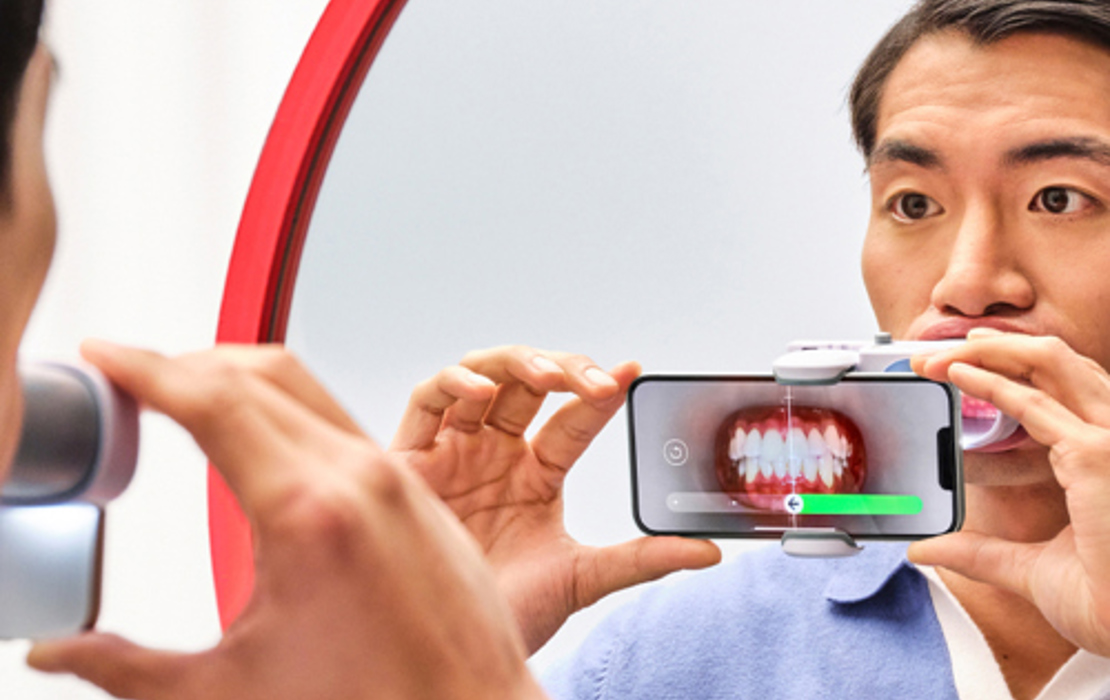ADA seeks volunteers for reorganized standards program
New projects focus on dental materials, data sharing
The American Dental Association, the leader in dental standards development for the U.S., is reorganizing its standards program to enhance alignment between national and international standards, provide better use of subject matter experts and address new and emerging technologies.
What’s changing/improving. Existing national and international standards bodies covering a broad range of topics will become 12 standards consensus bodies with focused scopes of work. Consensus bodies — the only authority to approve standards officially — are populated with subject matter experts in their particular areas of expertise.
What’s staying the same. The ADA will remain accredited by the American National Standards Institute to develop national dental standards in a rigorous consensus process ensuring all voices are heard. The ADA will remain accredited as the U.S. vote on all international dental standards. Standards will continue to be developed at the working group level.
Who should participate? Anyone with an interest in contributing their expertise to dental standards development is welcome to join in their areas of interest, including, but not limited to, those who use dental materials, products, systems, or services; manufacturers; academics; research experts; and government agency representatives.
Visit ADA.org/dentalstandards to learn more and access the application form.
ADA standards working groups are seeking volunteers who wish to contribute to the development of the following new work projects:
• Revised ADA Technical Report No. 109 for Procedures for Storing Dental Amalgam Waste and Requirements for Amalgam Waste Storage/Shipment Containers: This project will provide clinicians with an updated reference for storing amalgam waste prior to recycling. The report will also contain updated information concerning the best practices for amalgam waste management.
• Proposed ANSI/ADA Standard No. 207 for Dentistry — Dental Unit Water Quality Part One: Requirements for Manufacturers: There are currently no voluntary consensus standards for the validation of methods for controlling biofilm in dental units and other water-bearing dental devices. This document will establish requirements and test methods for the manufacturers of dental units, dental water treatment devices and chemical agents to meet or exceed Centers for Disease Control and Prevention recommendations for dental water quality and/or registration requirements of the U.S. Food and Drug Administration and state and federal environmental protection agencies.
• Proposed ADA Standard No. 208 for Dentistry — Shape-Memory Materials Used to Produce Orthodontic Appliances and Craniofacial Orthotics: Increasingly, polymeric shape-memory materials are being studied for potential dental and craniofacial applications. Generally, polymeric shape-memory materials are stimuli-responsive materials that have the capacity to change their shape with the application of an external stimuli, such as temperature, humidity, pH, etc. The goal of this project is to produce a standard document that will characterize polymeric shape-memory materials for use in dental applications and set requirements, sampling, test methods, and packaging and labeling.
• Proposed ADA Standard No. 210 for Dentistry — Translucency of Dental Ceramics: The translucency value of dental ceramics is an important factor in selecting a material to best match that of the existing dentition. At this time, there is no standard for measuring translucency of dental ceramics. This standard will specify the requirements and the corresponding test methods for measuring the translucency of dental ceramic materials for restorations and prostheses.
• Proposed ADA Technical Report No. 211 for Dentistry — Mechanical Properties of Multi-Layered Zirconia with Gradations of Translucency and Yttria Content: Zirconia is the most widely used material for indirect restorations. A new form includes layers of varying yttria concentration, translucency and strength. The focus of this technical report is to provide information on the use of machinable zirconia materials with layers graded by composition, translucency and strength. The report involves an analysis of properties to facilitate the appropriate selection of materials and design of the restoration for various clinical requirements.
• Proposed ADA Standard No. 214 for Dentistry — Designation System for Supernumerary Teeth and revision of ADA Standard No. 3950 for Designation System for Teeth and Areas of the Oral Cavity: These two standards further the ADA’s ongoing efforts toward providing compatibility in global health information exchange. They provide systems for designating teeth that help provide interoperability with software and messaging systems for patient data in conformance with requirements established by the FDI World Dental Federation and World Health Organization.
• Proposed ADA Standard No. 215 for Dentistry — Orthodontic Aligners in CAD/CAM: Orthodontic aligners are becoming more commonplace, and technology has enabled their manufacture by new computer-aided design/computer-aided manufacturing processes. This new standard is designed to help ensure patient safety and optimal clinical results.
• Revised ANSI/ADA Standard No. 1084 for Reference Core Data Set for Communication Among Dental and Other Health Information Systems: This standard is designed to identify data elements that electronic dental record systems should provide. Numerous initiatives by government entities, quality measurement growth, interoperability and portal requirements indicate a need to expand the current data set with new elements.
• Proposed ADA Standard No. 1114 for Implementation Requirements for the Effective Use of DICOM in Dentistry: Digital Imaging and Communications in Medicine, an international standard that is supported by the ADA, provides guidelines for the formatting of digital radiography files to ensure they are interoperable and can be exchanged across all types of practice management systems and health care networks. This new standard will provide guidelines for implementation of the DICOM standard in dental practices to easily format and exchange dental images.
• Proposed ADA Standard No. 1115 for Dentistry — Electronic Remittance Advice for EDI and Web Portal Data Exchange Standardization: This standard will provide an interoperable, structured format for electronic remittance advice that can be exchanged using Health Insurance Portability and Accountability Act-compliant technology or displayed in an internet-based web portal.
For more information on participating in the ADA Standards Program working groups that are developing these documents, email standards@ada.org.



